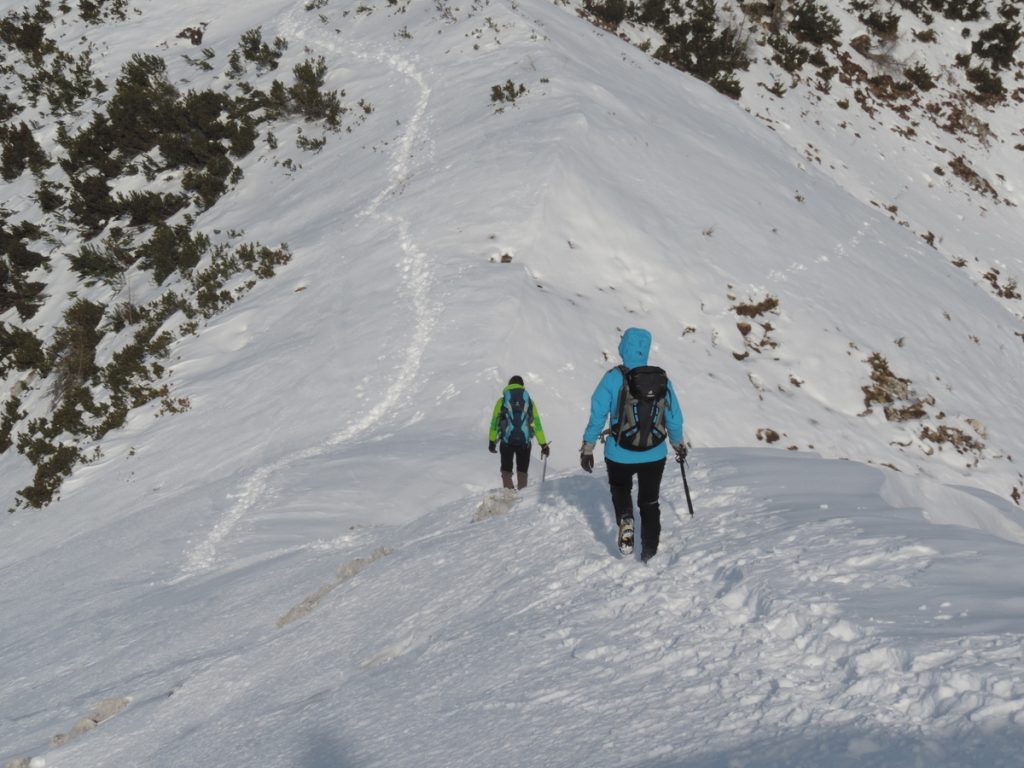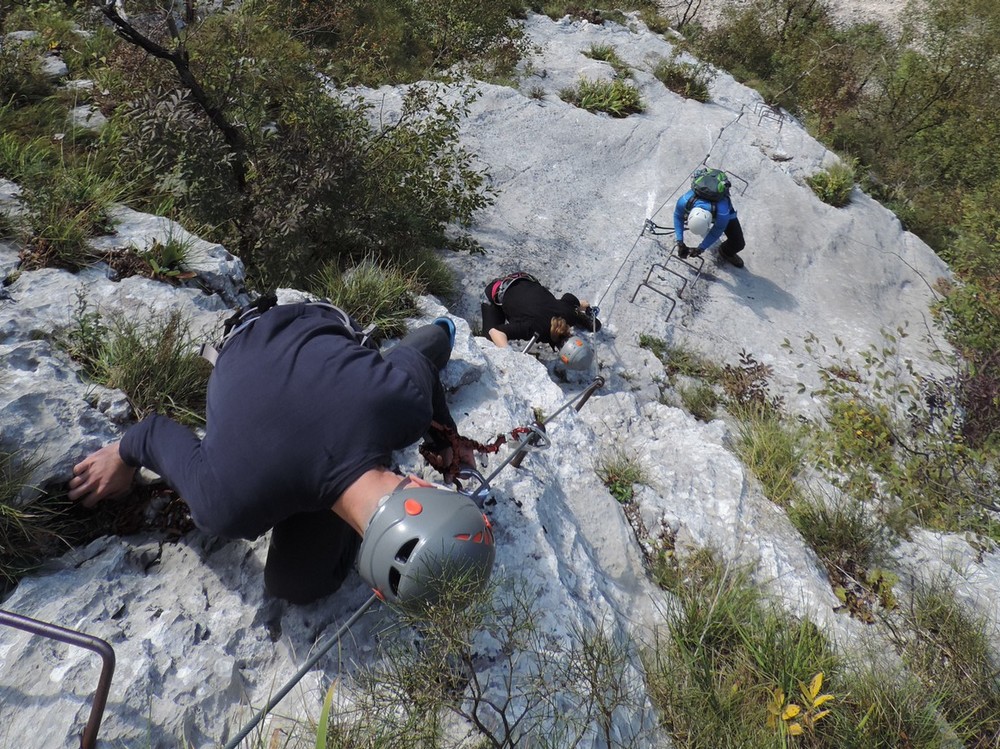SAFE SUMMER MOUNTAINEERING
Good preparation, high-quality equipment, cautious and experienced companions, and constant monitoring of conditions are crucial for a safe experience. And remember: the summit is only the halfway point.
SAFE SUMMER MOUNTAINEERING Read More »








